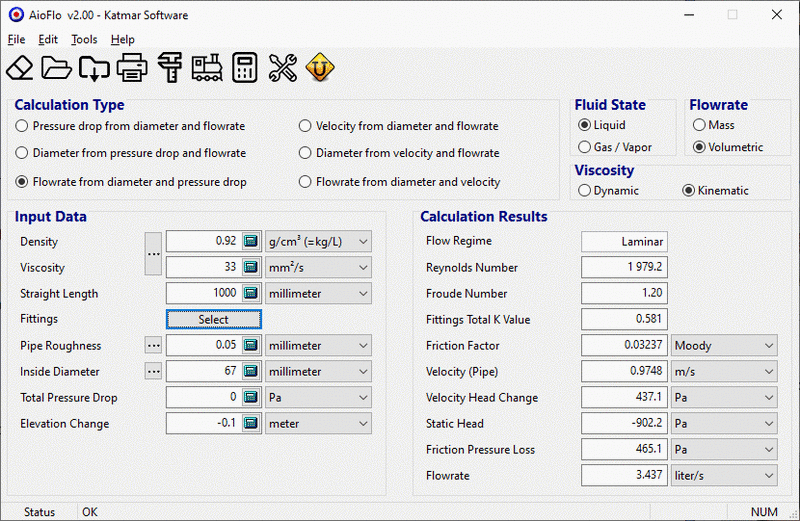__G__
Mechanical
- Apr 29, 2014
- 6
Hi All,
I need to design drain piping system for oil in a pipe, and I'm looking for some guidance on sizing calculators. None of the calculations I've found so far factor in viscosity of oil.
I would also like to consider effects like the height of the pipe, e.g. a large pipe will have some flow rate increase as the pipe fills up when compared with a smaller pipe.
Any guidance on methods would be greatly appreciated.
Regards
I need to design drain piping system for oil in a pipe, and I'm looking for some guidance on sizing calculators. None of the calculations I've found so far factor in viscosity of oil.
I would also like to consider effects like the height of the pipe, e.g. a large pipe will have some flow rate increase as the pipe fills up when compared with a smaller pipe.
Any guidance on methods would be greatly appreciated.
Regards

